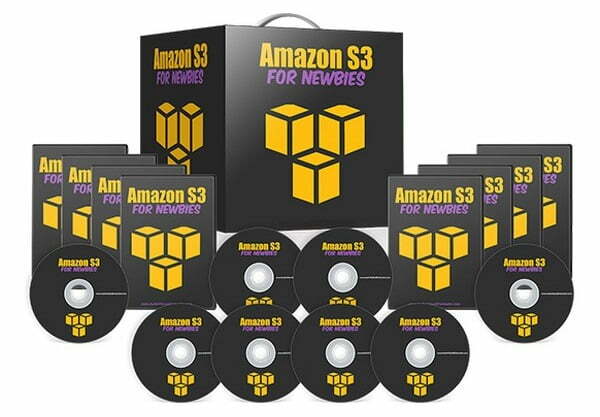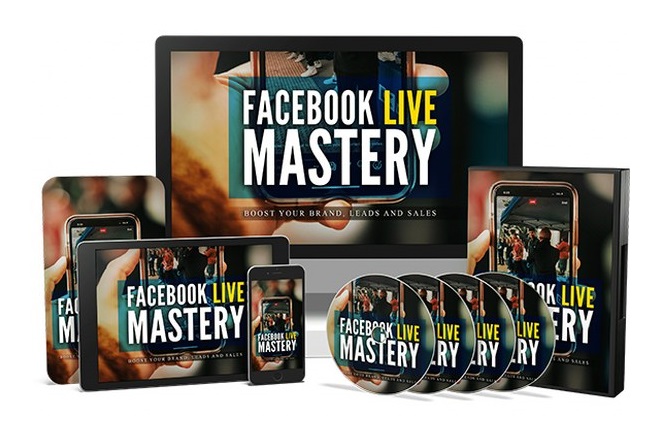How to Create a Winning Freelancer Portfolio
In the competitive world of freelancing, your portfolio is often the first impression potential clients will have of your skills, experience, and overall professionalism. It’s not just a collection of past work; it’s your digital business card, your credibility, and your marketing tool all rolled into one. A well-crafted freelancer portfolio can be the key to standing out in a crowded marketplace, helping you land projects, build long-term relationships with clients, and secure higher-paying gigs.
Creating a portfolio that effectively showcases your expertise requires careful thought and strategic presentation. Whether you’re just starting out or looking to update your existing portfolio, it’s essential to highlight your best work, demonstrate the results you’ve achieved, and clearly communicate the value you bring to your clients. In this guide, we’ll walk you through the steps to create a compelling freelancer portfolio that not only showcases your skills but also elevates your personal brand and sets you up for freelancing success.

Key Features to Include in Your Freelancer Portfolio
- Professional Overview/Introduction
Your portfolio should start with a concise, impactful introduction that highlights who you are, what you do, and what you can offer to potential clients. Make sure to include your professional background, areas of expertise, and the types of projects you’re most passionate about. This section sets the tone for your portfolio and gives clients a glimpse of your personality and work ethic. - Clear, Structured Layout
A well-organized, clean, and easy-to-navigate layout is essential. Clients should be able to quickly access key information, such as your services, work samples, and contact details. Use sections like:- About Me
- Services Offered
- Work Portfolio
- Testimonials
- Contact Information A clutter-free design enhances user experience and allows potential clients to focus on your work.
- Showcase Your Best Work
Display a curated selection of your best projects. Each work sample should include a brief description of the project, the challenges you faced, and the solutions you provided. This not only showcases your skills but also highlights your problem-solving abilities. Make sure to include various types of projects to demonstrate the breadth of your skills. - Case Studies & Results
Case studies give deeper insight into your problem-solving process and the results you delivered. For each project, describe the objectives, your approach, and the measurable outcomes. Use data, statistics, and specific metrics to showcase the impact of your work, such as how you increased website traffic, improved conversion rates, or boosted social media engagement. - Client Testimonials
Social proof is essential to building credibility. Include testimonials from past clients that emphasize the quality of your work, your communication skills, and your reliability. A strong testimonial can significantly enhance your portfolio’s appeal and help potential clients feel confident in hiring you. - Specialized Services
Clearly outline the freelance services you offer. Whether you’re a writer, designer, developer, or marketer, be specific about what you can do. Highlight any specialized skills that differentiate you from other freelancers. For example, if you’re an SEO expert, list specific strategies you implement and the results clients can expect. - Professional Visuals
High-quality images, screenshots, or videos can significantly enhance your portfolio. Ensure your work samples are visually appealing and representative of your best work. This applies especially to creative fields such as graphic design, photography, or web development. A visually stunning portfolio will leave a lasting impression. - Contact Details & Call to Action
Make it easy for potential clients to get in touch with you. Include a dedicated contact section with your email, phone number (if applicable), and links to your professional social media profiles or LinkedIn. Additionally, add a clear call to action (CTA) inviting visitors to request a quote, schedule a consultation, or ask further questions. - Personal Branding
Consistent personal branding across your portfolio helps establish a strong, memorable identity. Use your logo, brand colors, and a professional photo to make your portfolio visually cohesive. Personal branding adds a layer of professionalism and makes you more memorable to potential clients. - Mobile-Friendly Design
With increasing mobile internet use, it’s crucial that your portfolio is optimized for mobile devices. Ensure that the layout and design look great on both desktops and smartphones to cater to all visitors.

Additional Tips for an Outstanding Portfolio:
- Update Regularly: Keep your portfolio fresh by updating it with new work, testimonials, and achievements. A stagnant portfolio can give the impression that you’re not actively working or growing in your field.
- Include a Blog or Articles: If relevant to your industry, consider adding a blog or writing articles to your portfolio to demonstrate your expertise. This can help position you as an authority in your field.
- Optimize for Search Engines (SEO): Make sure your portfolio is SEO-friendly. This includes using relevant keywords, optimizing image alt-text, and creating meta descriptions that reflect your skills and services.
- Offer a Personal Touch: Share your story or philosophy behind your work. A personal touch can help create an emotional connection with potential clients, making your portfolio stand out from the competition.
Conclusion
Creating a winning Freelancer portfolio is essential to attracting clients and building a successful freelancing career. Your portfolio should not only showcase your skills but also tell the story of your work, approach, and impact. By focusing on professional presentation, results-driven case studies, client testimonials, and a clear outline of services, you’ll craft a portfolio that impresses potential clients and establishes your credibility in the freelance marketplace.



Responses